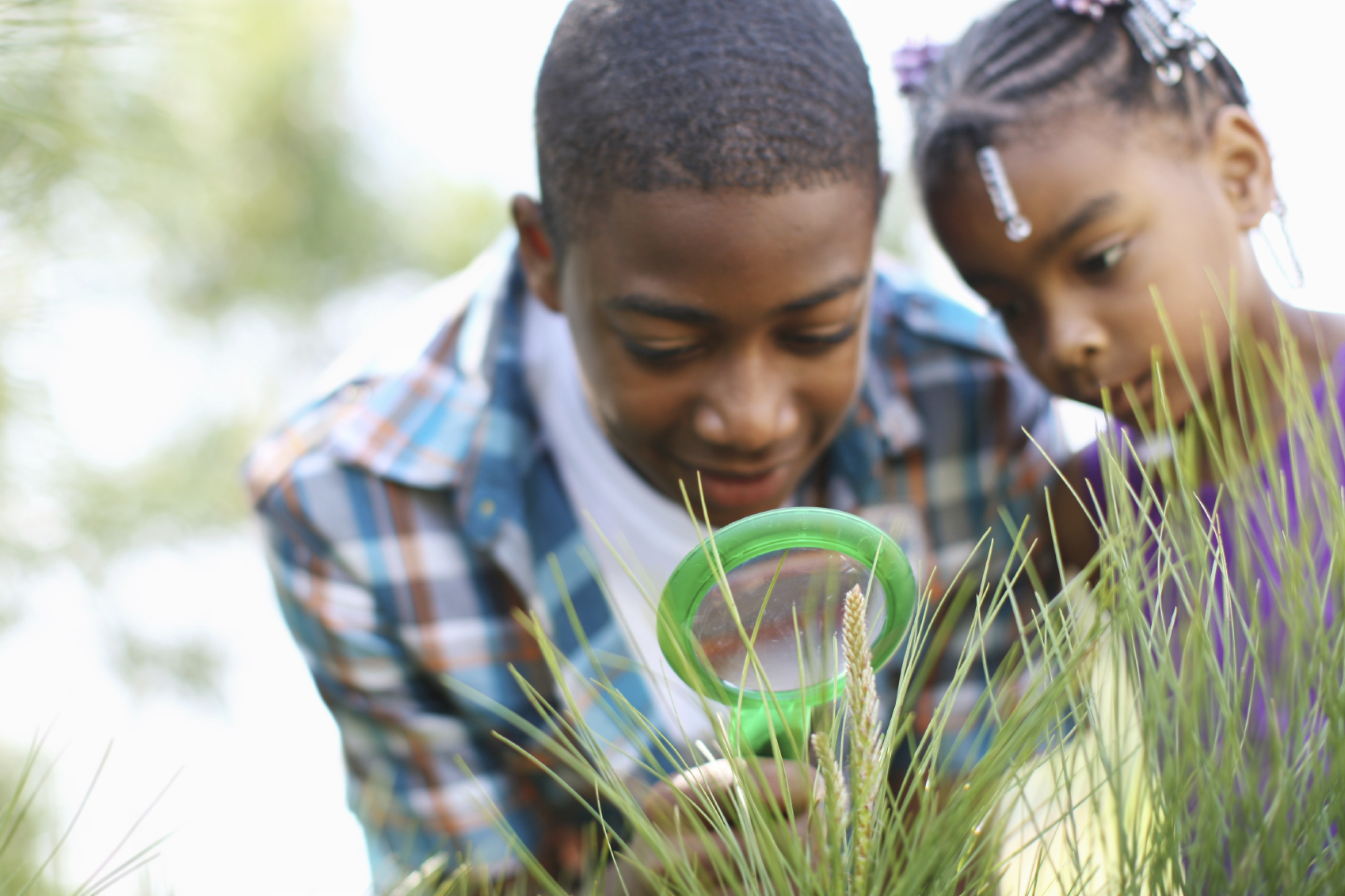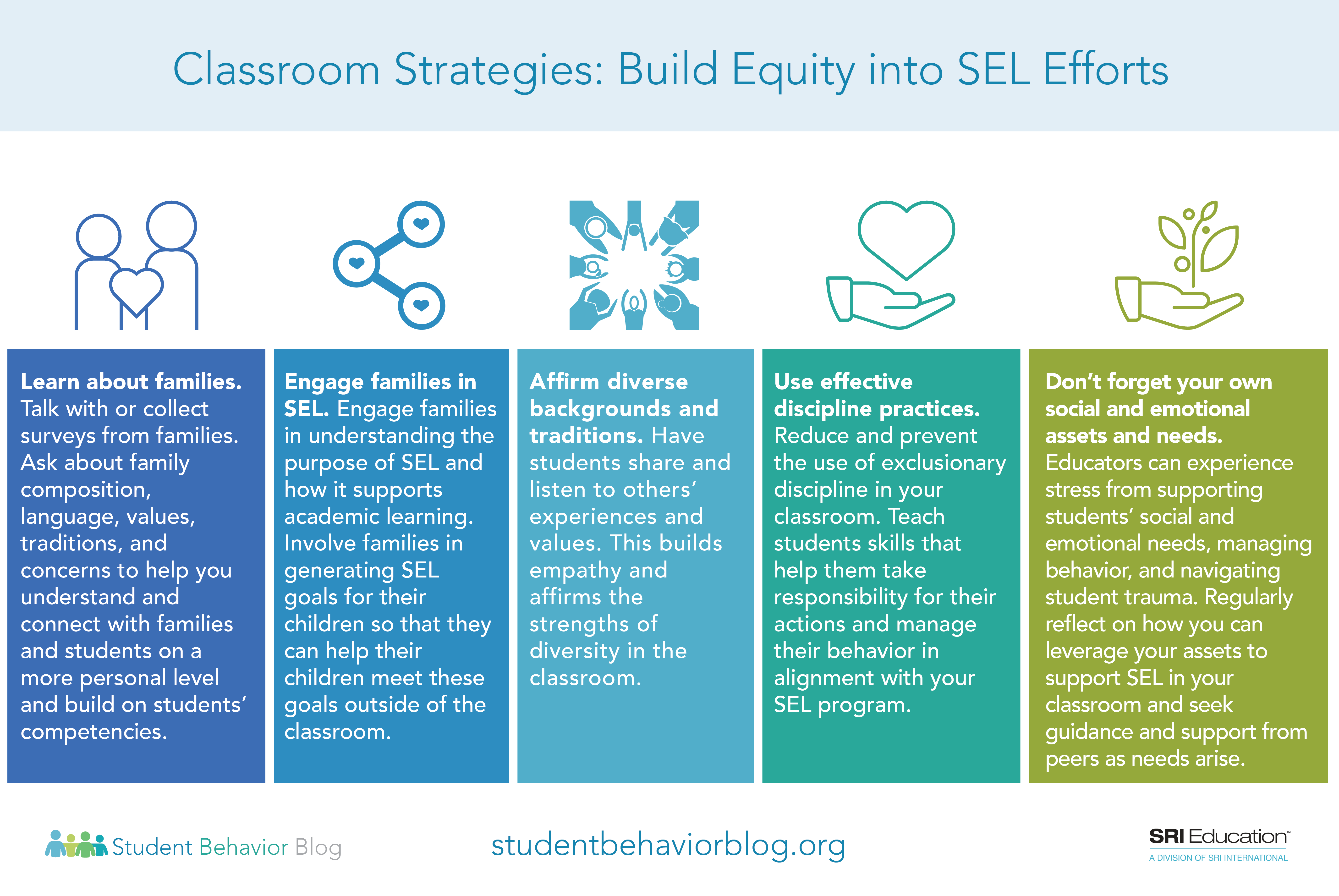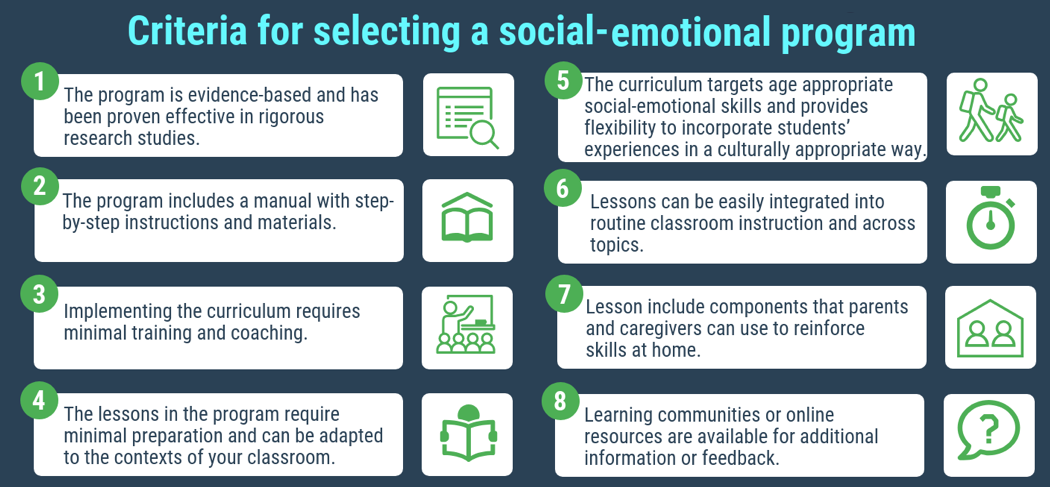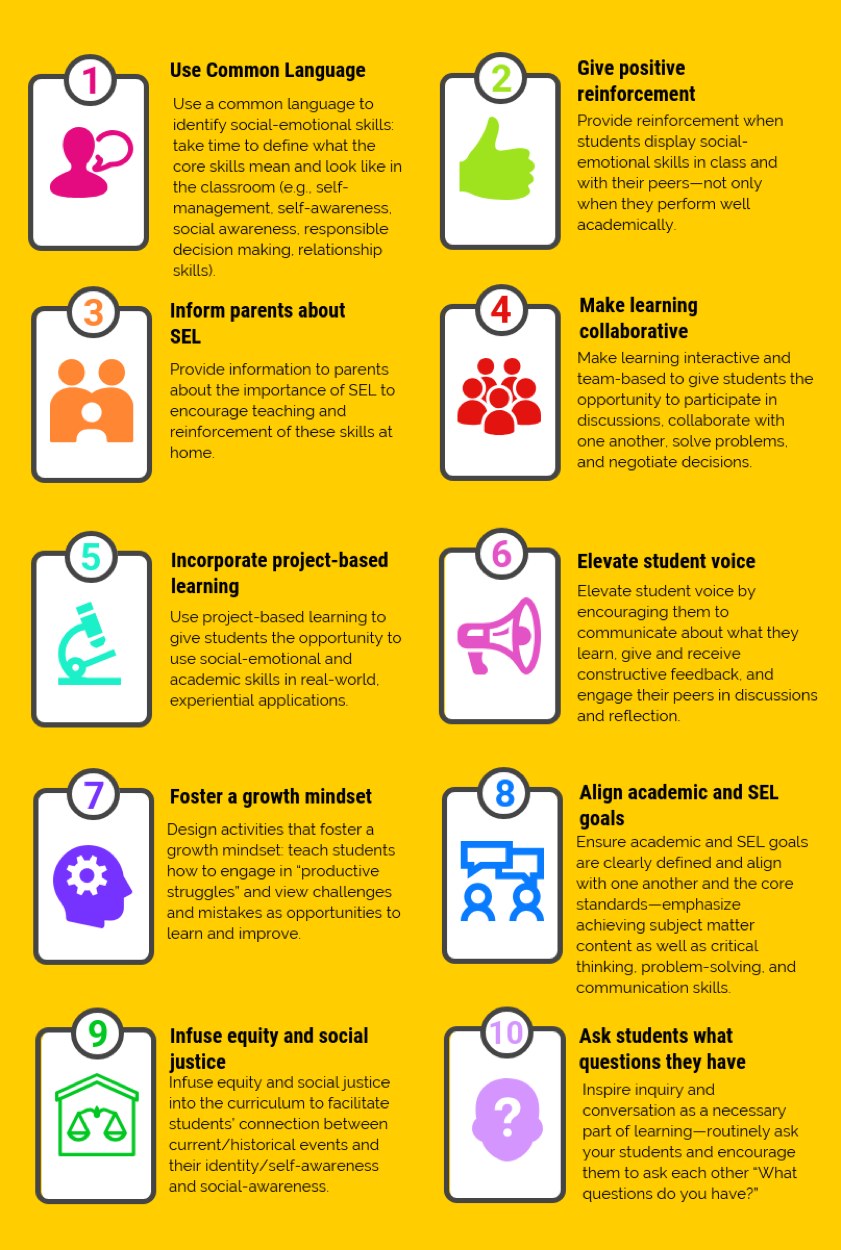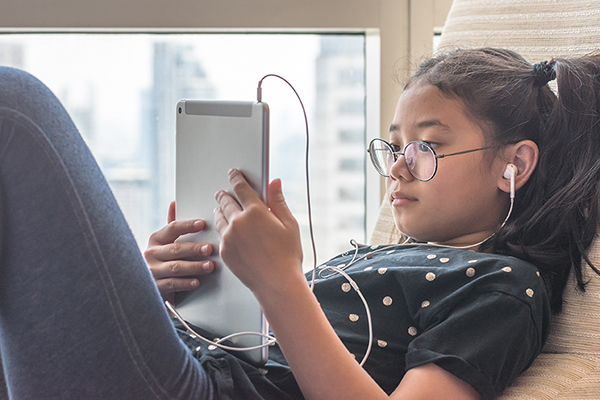After a turbulent 2020-2021 school year, it is more important than ever that educators have feasible and effective options to support students’ foundational social-emotional skills. Prior studies have found that students who participate in social-emotional learning (SEL) programs improve their behavioral and academic functioning and reduce their challenging behaviors.1 When selecting an SEL program, educators … Continue reading Social-Emotional Learning Program Study: Tools for Getting Along
Measures taken to address the spread of COVID-19, from precautionary social distancing to shelter-in-place orders, have dramatically impacted children and their families. In addition to navigating their own stress during a period of uncertainty and change, parents are faced with addressing the questions and concerns of their children, many of whom are spending significant amounts … Continue reading Maintaining wellness in crisis: Boosting children’s emotional health
Social-emotional learning (SEL) programs are more likely to be successful with all students when they are grounded in strategies that promote equity. Equity means ‘leveling the playing field’ and creating a culture where all students feel fully included, respected, represented, and valued. Here are a few strategies that start in the classroom. Content excerpted from … Continue reading Strategies for bringing an equity lens to SEL
Standalone SEL programs or curricula build students’ social-emotional skills separately from main instructional time. To implement standalone SEL programs, typically teachers or other qualified school staff members, such as counselors or school social workers, receive training in the curriculum and allot time during the school day to teach a series of lessons. Standalone SEL programs … Continue reading Criteria for selecting a social-emotional program
One approach to teaching social-emotional skills in the classroom is to integrate SEL into everyday academic instruction. Rather than teach social-emotional skills independently of academic skills, many teachers and administrators are trying to implement SEL throughout the school day. Here are several useful strategies identified in these resources that teachers can use to incorporate SEL … Continue reading Strategies for incorporating SEL into instruction
Given the ongoing debate about the value of screen time, many parents and educators are seeking research-supported best practices for using TV and videos to help support children’s learning and development. Look no further – we’ve summarized the research to give you 3 strategies for using videos to support SEL in children of any age
We expect teachers to handle a lot: create engaging learning experiences, differentiate instruction based on student needs, manage behavior, motivate students to learn, and tackle persistent gaps and inequities. More and more, teachers are meeting this challenge by embracing social-emotional learning (SEL), which can support academic learning, teach and reinforce positive behavior, motivate students to … Continue reading Want to build an equitable classroom? Start with social-emotional learning (SEL)
When you really want to focus on social-emotional learning (SEL): Selecting a standalone SEL program
Standalone social-emotional learning (SEL) programs are helpful tools for teachers who want to build students’ social-emotional skills in the classroom setting. However, it can be challenging to select an appropriate, practical, and effective classroom-wide curriculum that will work for all students. We have simplified the process to help teachers and other practitioners make a well-informed decision.
Although most teachers recognize the importance of teaching social-emotional skills, many are also concerned about having time to fulfill their other responsibilities. Here we highlight one approach to teaching social-emotional skills in the classroom: incorporating social-emotional learning (SEL) into everyday academic instruction.


